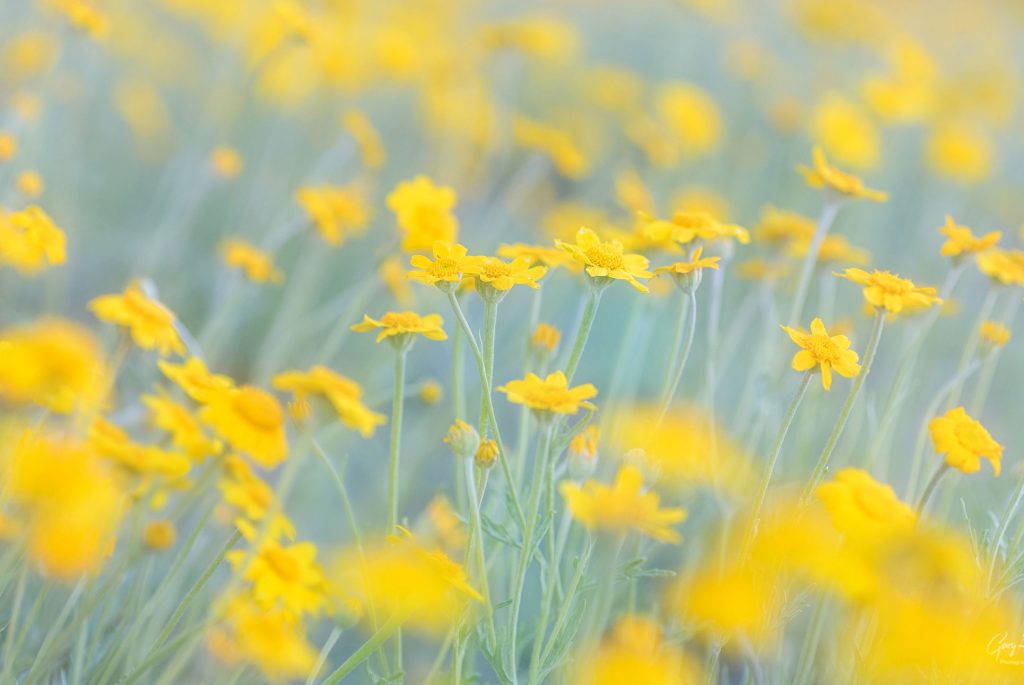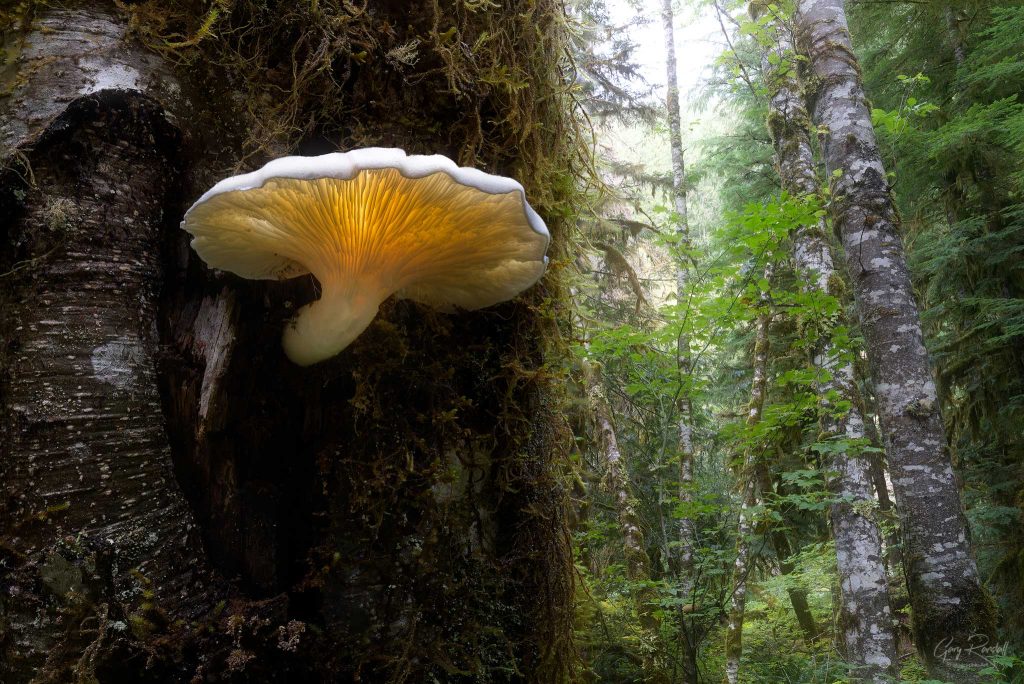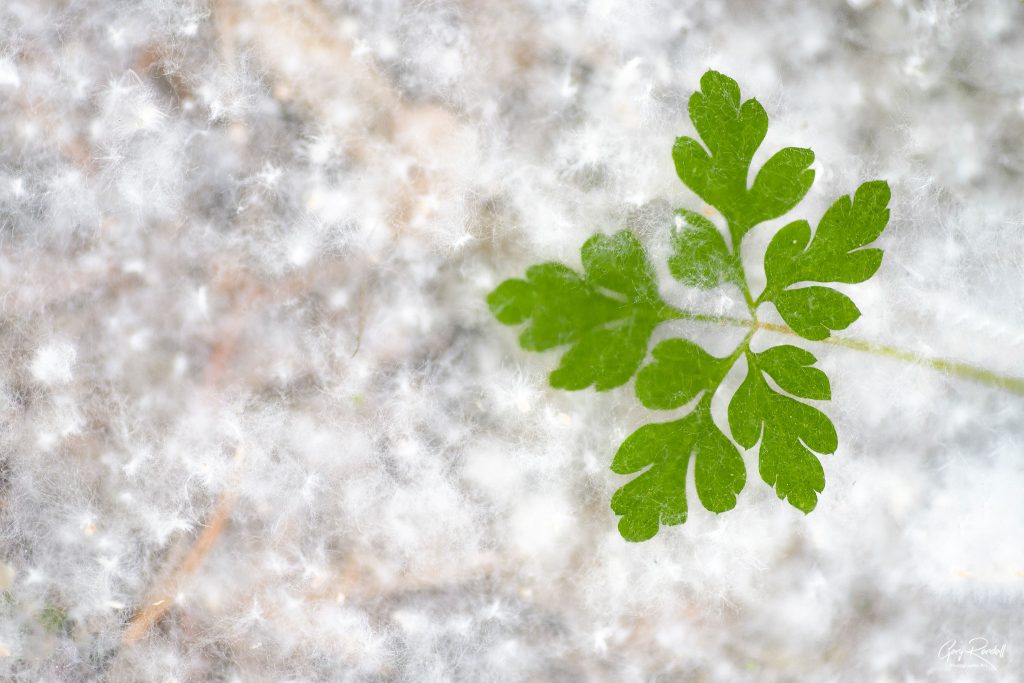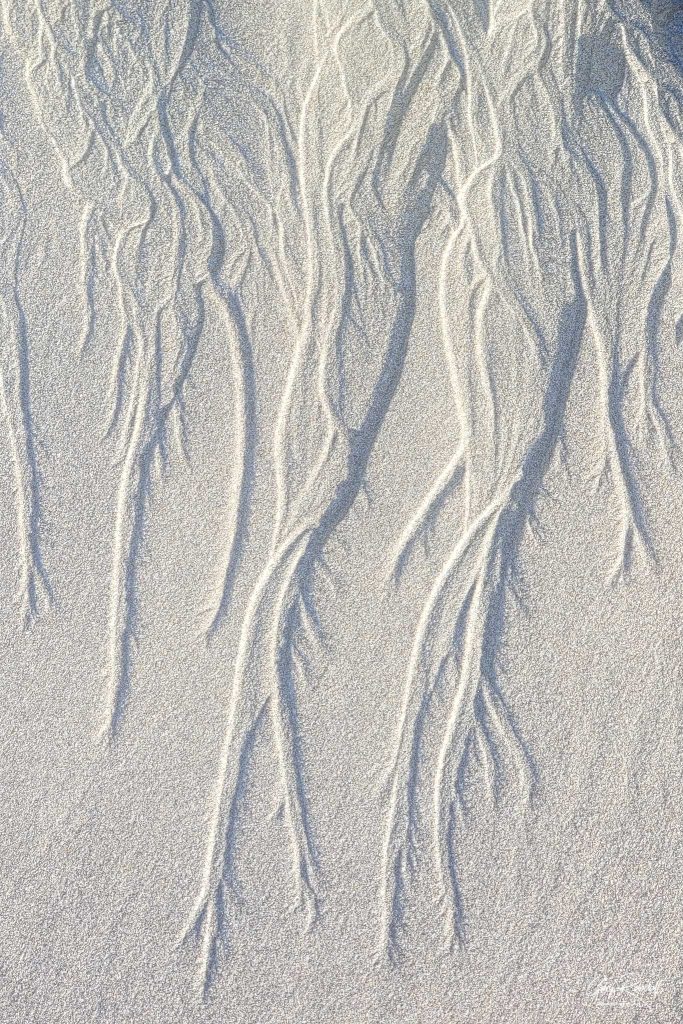Landscape photography has a reputation for requiring travel to epic corners of the earth to bring back photos of places that are rarely seen by most people. Or places that we’ve seen in a National Geographic magazine or a TV documentary. But from my point of view landscape photography as an art should include the photographer’s personal creative touch. It should be separate from documentary photography or marketing photos that are seen in magazines. It shouldn’t always need to depend on a location to send a message. I think that a beautiful artistic landscape photo can be taken along most any roadway if we learn how to read the details of the landscape.

A photographer can consider that landscape photography could be reduced to two basic types, grand landscapes and intimate landscapes. A grand landscape typically is a territorial view, or one where there’s a view off into the distance that includes a lot within its frame, whereas an intimate landscape is typically one that’s a smaller part of a larger scene. A grand landscape is more apt to include a recognizable location and is more likely to be location dependent and in a lot of cases weather dependent, such as if it’s raining and the clouds are obscuring the view. In many cases the composition of such a grand landscape is fairly basic and simple to find. I feel that a landscape photographer really spreads their wings when they embrace intimate landscapes. The photographer isn’t necessarily looking at an obvious photo. Many times it requires imagination and a little time analyzing the scene to be able to look past the obvious to recognize what is typically overlooked. Be creative in choosing your subjects and be creative in how you compose and photograph them.

Intimate landscapes typically include a small part of or a detail within a grander scene such as a small segment of a creek instead of the whole forest or maybe a section of the scene that is affected by some atmospheric conditions, think fog and sunlight as it filters through the forest, or maybe sunlight illuminating a curtain of moss that is draped across the limbs of the trees. I also look for designs and patterns within the scene, such as patterns or colors on rocks. An intimate landscape can include a part of the scene that, when extracted from the larger view and seen separate from the context of the larger scene, stands alone and on its own merits. Put the wide-angle lens away and use your zoom or even your macro lens. Get closer to the scene.

It’s said, in painting as well as photography, that it’s not what’s included within the frame but what’s excluded that strengthens a composition. And this is very true in simplifying complex or, at first glance, generally unappealing scenery. Analyzing a scene and trying to find an interesting composition for a photo allows us to look deeper into the scene and to recognize what more that it has to offer. The first glance at a scene is like looking at a book’s cover. Looking further into a scene is like reading the book.

I tell my students that as artists we shouldn’t take the scenery at its first impression. In most cases we will take all it has to offer all at once. Instead take some time to stop and analyze the components of the scene and separate these smaller scenes and abstracts. Be creative and I’m confident that you will be able to stop along most any side road and find a photograph within sight of your car. No longer will a destination be a requirement to make a beautiful photo. You will be able to make a beautiful photo in between your forays to far off lands. Mastering composition of intimate scenes will also help to strengthen the compositions of your grand landscapes.

And so, go out and look deeper into the landscape that you’re visiting, or even in your own backyard or neighborhood park. I hope that this will give you another skill to use to expand the scope of your photography.


